International
“Never again the illegal assault on an embassy,” Mexico asks before the OAS General Assembly
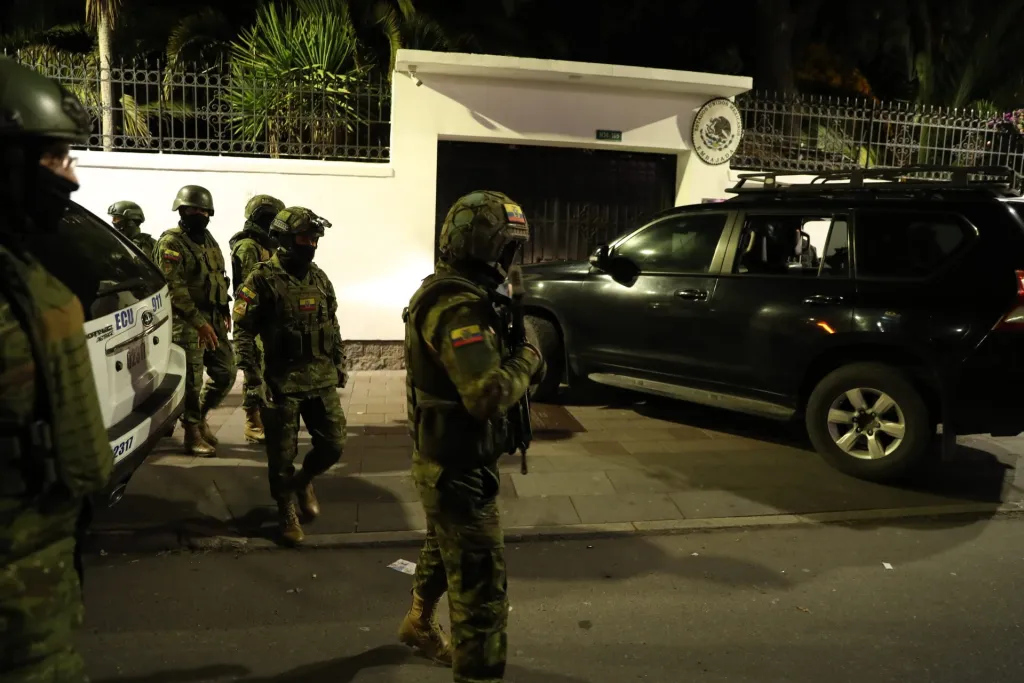
The Undersecretary for Multilateral Affairs and Human Rights of Mexico, Joel Antonio Hernández, asked on Thursday for “strict observance of the inter-American legal framework” and avoiding “the use of force at all costs,” alluding to the assault on his country’s embassy in Ecuador that led to the breakdown of relations between the two nations.
“Never again an illegal assault on an embassy, no more attacks on diplomatic envoys, never again the theft of a protected person, never again violence as a solution to anything,” Hernández said in his speech at the first session of the 54th General Assembly of the Organization of American States (OAS), which is held in the Paraguayan city of Luque.
Hernández, who heads the Mexican representation before the continental conclave, defended that “all integration is based on budgets and principles that are unbreakable or should be,” such as trust, compliance with the committed word and strict observance of the inter-American legal framework.
In addition, he pointed out because it is an “imperative” the peaceful solution of the controversies that may arise between States and the obligation to “avoid at all costs the use of force in a way incompatible with the principles of the United Nations” and the OAS.
“If in the 21st century there are States in this region that are not absolutely convinced and violate these minimum understandings, we must not only denounce and condemn their actions but also demand responsibility from them,” he added.
Last April, the president of Ecuador, Daniel Noboa, ordered the assault on the Mexican Embassy in Quito to arrest Jorge Glas, former vice president of Rafael Correa (2007-2017), because the Mexican Government had given him asylum hours earlier.
The fact caused a break in diplomatic ties between the two countries.
On the other hand, the diplomat stressed that the Mexican Leticia Bonifaz aspires to be appointed in this General Assembly judge of the Inter-American Court of Human Rights (CorteIDH), as the “only female candidate” in that election.
Likewise, he stressed the role of the OAS mission in last June’s elections in his country and the resolution adopted in the inter-American meeting in favor of Haiti.
International
Trump criticizes Panama Canal fees and demands U.S. control over strategic waterway

U.S. President-elect Donald Trump criticized what he described as unfair fees imposed on American ships passing through the Panama Canal and threatened to demand that Washington take back control of the strategic waterway.
“Our Navy and commerce have been threatened in a very unjust and reckless way. The rates that Panama charges are ridiculous,” Trump wrote on his Truth Social platform.
The president-elect also denounced the growing influence of China in the canal, a situation he called concerning as U.S. businesses depend on the waterway to transport goods between the Atlantic and Pacific Oceans.
“This complete scam against our country will end immediately,” he stated.
The Panama Canal, completed by the United States in 1914, was handed over to Panama under the 1977 treaty signed by Democratic President Jimmy Carter. Panama took full control of the commercial passage in 1999.
“It was exclusively for Panama to manage, not China or anyone else,” Trump said. “We would never allow it to fall into the wrong hands!”
“If Panama cannot guarantee a ‘safe, efficient, and reliable’ operation of the canal, we will demand that the Panama Canal be returned to us in its entirety, without a doubt,” the Republican added.
Panamanian authorities did not immediately respond to Trump’s statements. While he will assume office on January 20, Trump has been exerting his political influence in the final days of President Joe Biden’s administration.
Five percent of global maritime trade passes through the Panama Canal, which allows vessels traveling from Asia to the U.S. East Coast to avoid the long and dangerous route around the southern tip of South America.
The countries that use the Panama Canal the most are the United States, China, Japan, and South Korea.
In October, the Panama Canal Authority reported earnings of nearly $5 billion in the last fiscal year.
International
Putin vows retaliation following drone attack on luxury building in Kazan

Russian President Vladimir Putin promised more “destruction” in Ukraine on Sunday, in response to a drone strike that hit a residential building in the city of Kazan, located in central Russia, on Saturday.
Russia accused Ukraine of launching a “massive” drone attack, which struck a luxury apartment block in Kazan, about 1,000 kilometers from the border.
Videos shared on Russian social media show drones hitting a high-rise glass building. No casualties have been reported as a result of the attack.
In his statements, Putin addressed the local leader of Tatarstan, the region where Kazan is located, during a virtual ceremony marking the opening of a road.
The attack in Kazan is the latest in a series of increasingly frequent bombings in this nearly three-year-old conflict. Ukraine has not commented on the attack.
Putin had previously threatened to strike the center of Kyiv with a hypersonic ballistic missile in response to Ukrainian attacks on Russian territory.
The Russian Ministry of Defense stated that the recent Russian strikes on Ukrainian energy facilities were retaliation for Ukraine’s use of Western-supplied missiles to target Russian territory.
International
Small plane crashes in Gramado, Brazil, killing nine people

At least nine people were killed on Sunday after a small aircraft crashed in a commercial area of the tourist city of Gramado, in the southern Brazilian state of Rio Grande do Sul, authorities confirmed.
“There are nine confirmed deaths according to Civil Defense services, and there are no survivors from the plane,” said Cléber dos Santos Lima, director of the Interior Police Department of the Civil Police of the state, in a statement to AFP.
Authorities have not yet confirmed the exact number of passengers and crew aboard the aircraft, a turbo-prop Piper Cheyenne 400. However, Civil Defense had previously stated that “preliminarily, the plane was carrying ten people.”
The plane crashed on Sunday morning “into the chimney of a building, then onto the second floor of a house, and finally fell onto a furniture store,” according to a statement from the Rio Grande do Sul Public Security Secretariat.
-
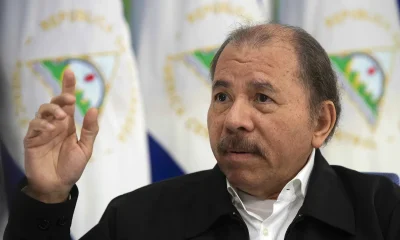
 Central America4 days ago
Central America4 days agoAmnesty International condemns Nicaragua’s unprecedented repression of dissent
-

 Sports4 days ago
Sports4 days agoReal Madrid clinches fourth Intercontinental Cup with 3-0 victory over Pachuca
-

 Central America4 days ago
Central America4 days agoEl Salvador’s MARN monitors ongoing seismic activity in La Unión department
-
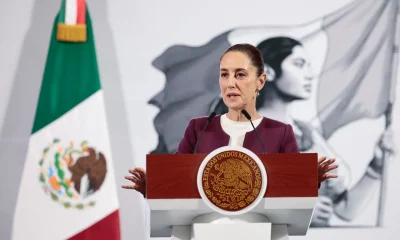
 International4 days ago
International4 days agoMexico requests extradition of ‘Mini Lic’ for murder of journalist Javier Valdez
-

 International3 days ago
International3 days agoThe Court of the IADH rules out measures in favor of Gustavo Petro amid investigations into his campaign
-

 International4 days ago
International4 days agoMexican government to use church atriums for gun surrender program to combat violence
-

 International3 days ago
International3 days agoTrump links Mike Johnson’s re-election to meeting his budget requirements
-

 International4 days ago
International4 days agoCuba’s government stresses openness to serious, respectful U.S. relations
-
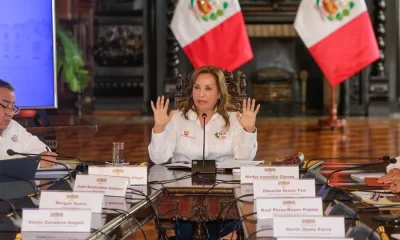
 International3 days ago
International3 days agoThe Constitutional Court of Peru annuls the sentence against the leader of Dina Boluarte’s former party
-

 International4 days ago
International4 days agoBegoña Gómez defends her actions as investigations into her role at Complutense University continue
-
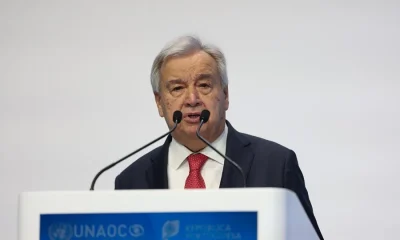
 International3 days ago
International3 days agoGuterres calls for “avoiding at all costs” the integration of AI into nuclear weapons
-

 International4 days ago
International4 days agoNASA delays return of two astronauts stranded on ISS until at least March
-
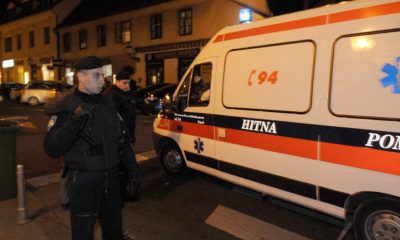
 International5 days ago
International5 days agoAustrian man arrested in Croatia with deceased woman as passenger in his car
-
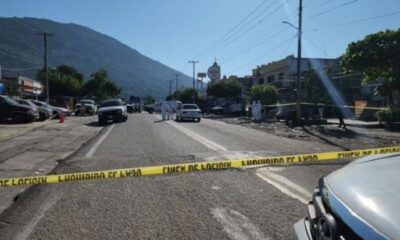
 International5 days ago
International5 days agoHomemade landmine explosion in Michoacán kills two soldiers, injures five
-

 International5 days ago
International5 days agoColombian nationals arrested for human trafficking and disappearance of migrant boat
-

 International1 day ago
International1 day agoAt least ten dead in Iran in a bus accident in the west of the country
-

 International1 day ago
International1 day agoHelene, the violent hurricane that destroyed the southeastern United States
-
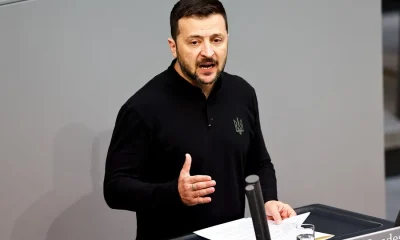
 International4 days ago
International4 days agoUkraine’s security a priority as NATO discusses future of conflict with Russia
-

 International1 day ago
International1 day agoAt least 21 dead and 61 injured after Israel’s last attacks in Gaza
-

 International4 days ago
International4 days agoPatient hospitalized with severe avian flu case in Louisiana, CDC reports
-

 International3 days ago
International3 days agoAn appeals court disqualifies the prosecutor in the election case against Trump in Georgia
-

 International1 day ago
International1 day agoMilei closed about 200 areas of the Public Administration in its first year of Government
-

 International1 day ago
International1 day agoThe piangua, the mangrove mollusk that empowers women in the Colombian Pacific
-
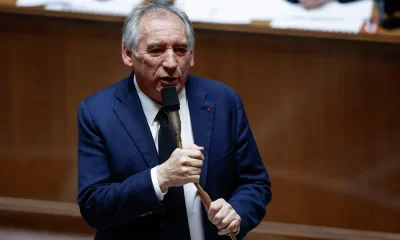
 International3 days ago
International3 days agoThe new French prime minister launches an ultimatum to the moderate parties and the left rejects his offer
-

 International1 day ago
International1 day agoNew Syrian leader addresses with the United States the lifting of sanctions for reconstruction
-

 International5 days ago
International5 days agoEcuador announces debt swap of $1.527 billion to protect Amazon rainforest
-
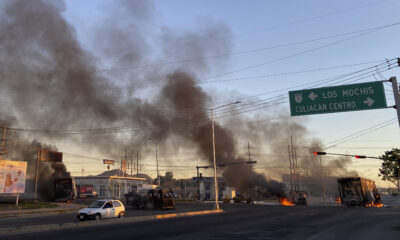
 Internacionales3 hours ago
Internacionales3 hours agoSinaloa security secretary resigns amid wave of violence and cartel infighting
-

 International3 hours ago
International3 hours agoSmall plane crashes in Gramado, Brazil, killing nine people
-

 International3 hours ago
International3 hours agoPutin vows retaliation following drone attack on luxury building in Kazan
-

 International3 hours ago
International3 hours agoTrump criticizes Panama Canal fees and demands U.S. control over strategic waterway




















